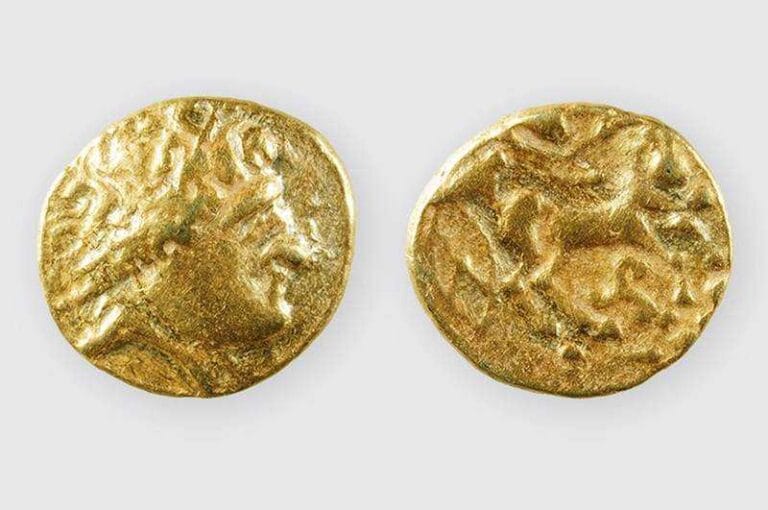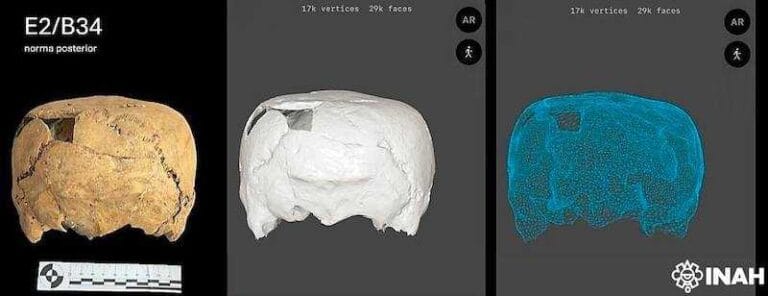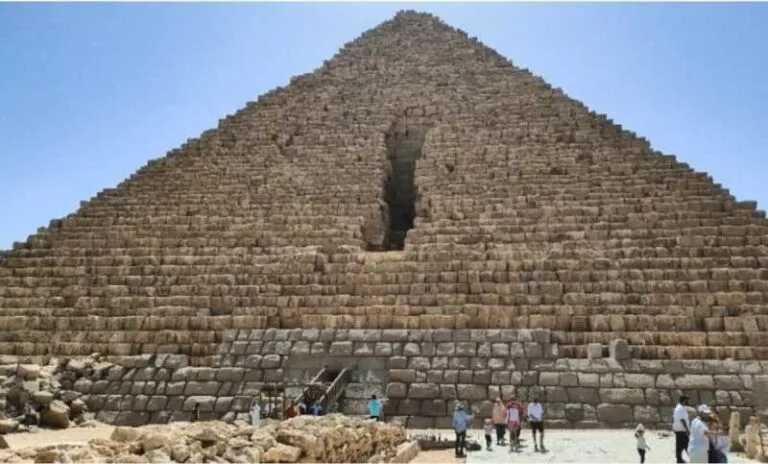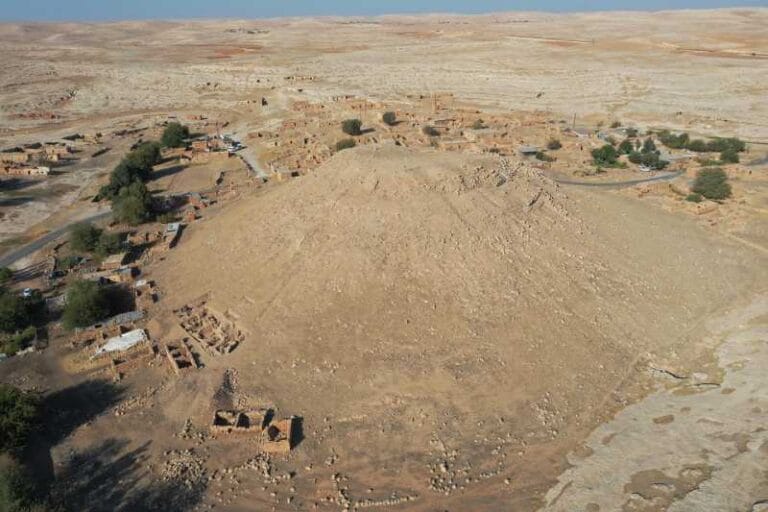4,000-year-old dagger discovered in Italian cave

Archaeologists have discovered a 4,000-year-old copper dagger and pieces of human skulls deep within a cave in Italy. The cave appears to have served as a burial site and also contains remnants of an ancient hearth.
“The moment we discovered the dagger was unforgettable,” Federico Bernardini, an archaeologist at Ca’ Foscari University in Venice, told Live Science. “We could hardly believe it — finding metal artifacts, especially a dagger, was completely unexpected in this context.”
Cave and rock shelter burials were typical in this region between 4,500 and 4,000 years ago, spanning the late Copper Age (2750 to 2200 B.C.) and early Bronze Age (2200 to 950 B.C.). However, the discovery of the dagger was surprising, as such rare artifacts from these periods are generally found at worship sites, explained Bernardini, who is leading the excavation in collaboration with various Italian and Slovenian institutions and authorities.
“As we carefully removed the final layers of soil, a flash of copper caught our attention,” Bernardini said, adding that they immediately recognized the significance of the finding.
The dagger is among several artifacts uncovered in Tina Jama Cave, located in the “Karst Plateau,” a region of exposed, heavily weathered limestone along Italy’s northeastern border with Slovenia. Together with other finds, the dagger is shedding light on the age and technological abilities of various groups that occupied the cave over time, dating back between 9,000 and 4,000 years ago.
“The investigations are still ongoing, but they are allowing us to gather valuable data to reconstruct the area’s prehistory,” Bernardini said.
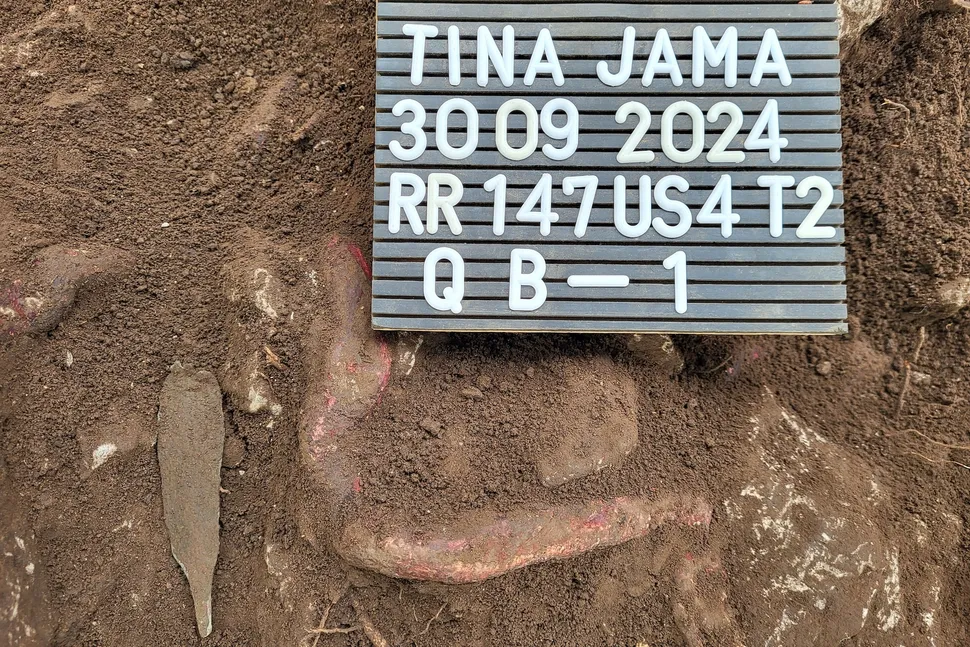
A translated statement from the university notes that the excavations have uncovered layers from the late Copper Age and the early Bronze Age, a period before the technique of adding tin to copper to create bronze was discovered.
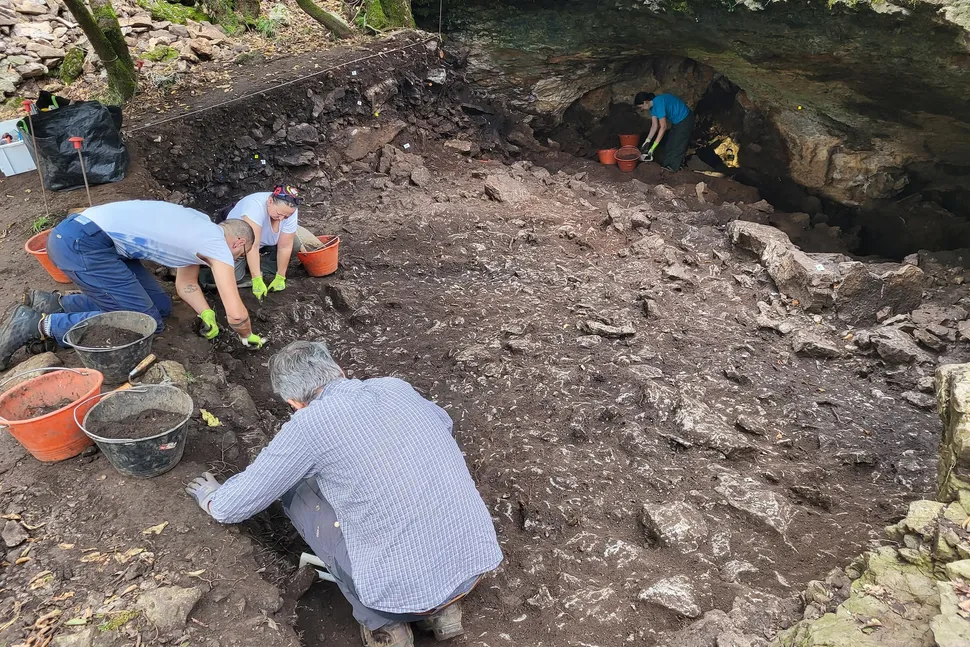
In particular, the finds from the second half of the third millennium B.C. are “crucial for understanding the technological, cultural, and social transformations of Europe at that time,” Elena Leghissa, an archaeologist with the Slovenian Academy of Sciences and Arts who is leading the Slovenian team, said in the statement.
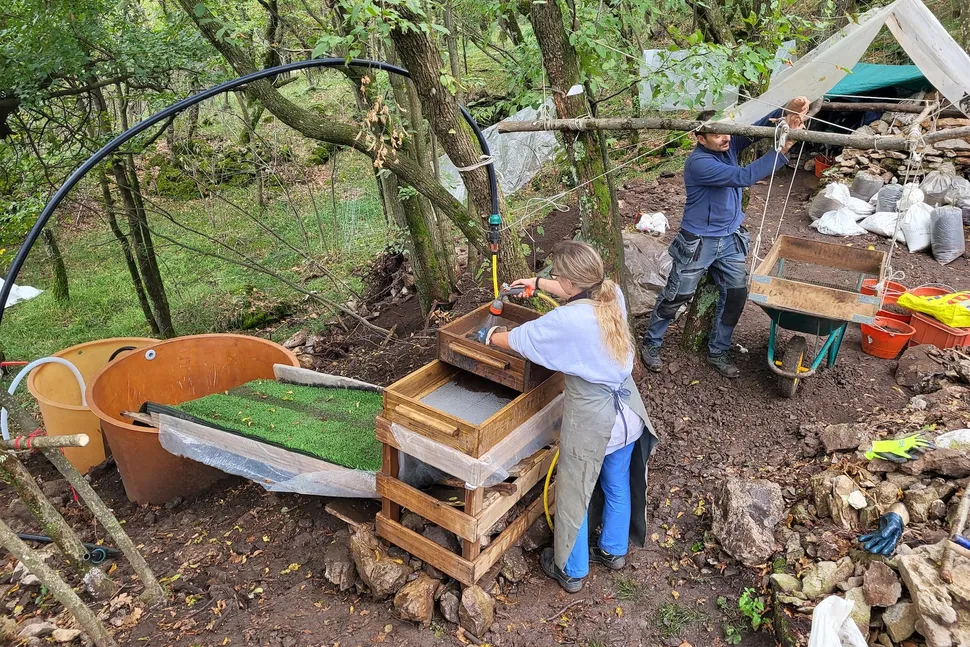
The archaeologists are “employing a rigorous methodological approach” while excavating the cave, Bernardini said, including the use of “structure-from-motion photogrammetry” to create virtual 3D maps from two-dimensional images.
In addition, “the soil is carefully sieved with a 1mm mesh to collect as much information as possible,” he said.
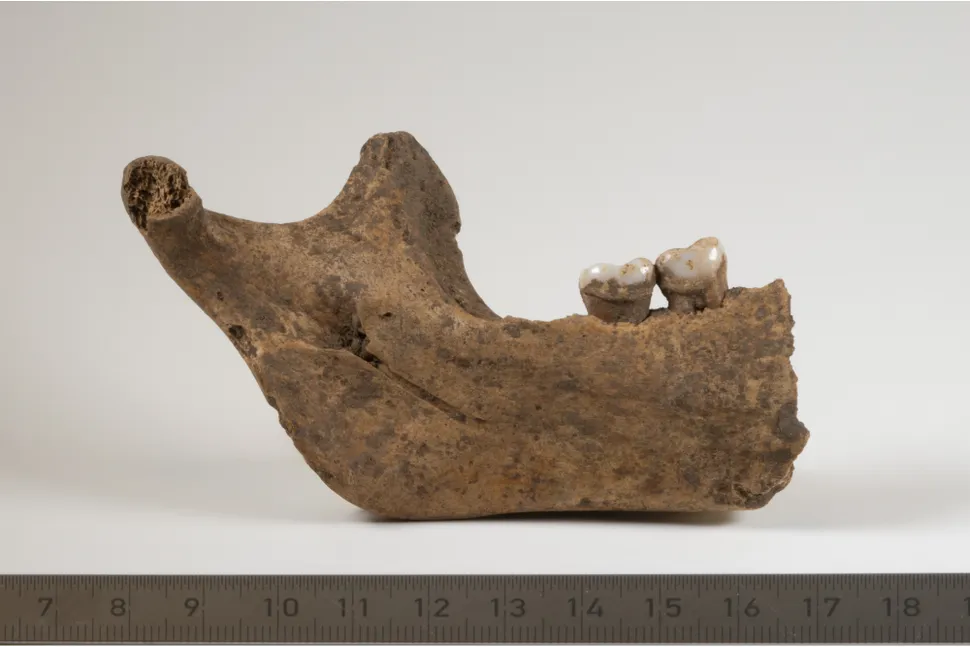
One of the most unusual aspects of Tina Jama Cave is a structure that blocked the entrance with stone slabs and blocks, estimated to date between 2000 and 1500 B.C., around 500 years after the dagger was placed there.
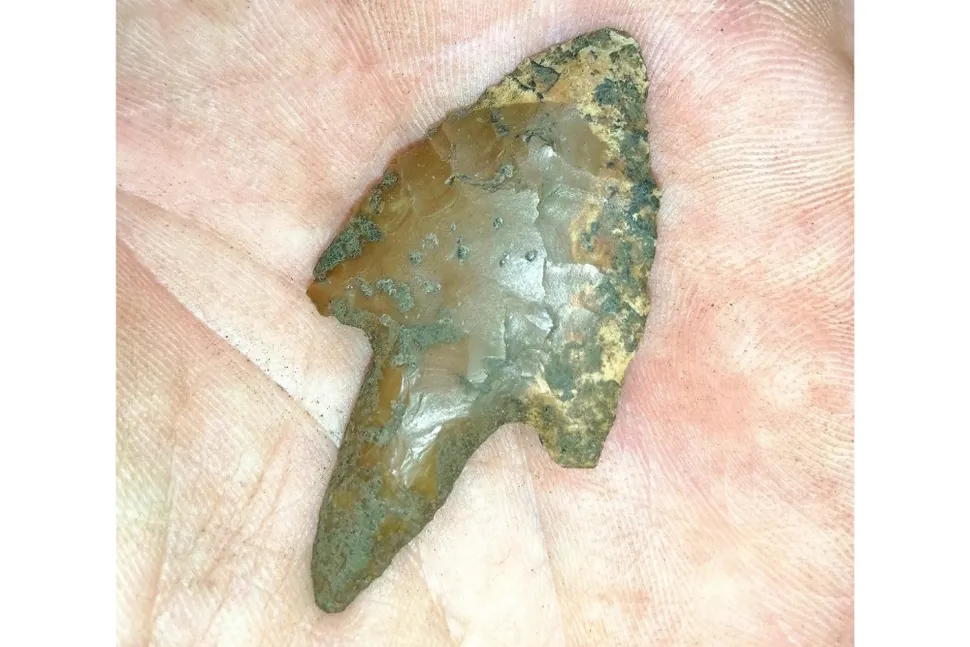
The purpose of this structure remains unclear. Archaeologists speculate it might have been built to protect the cave’s interior from the intense, cold “bora” wind that sweeps through the region each winter from the northeast. However, they also believe it could be connected to burials within the cave, as fragments of human skulls have been found nearby.
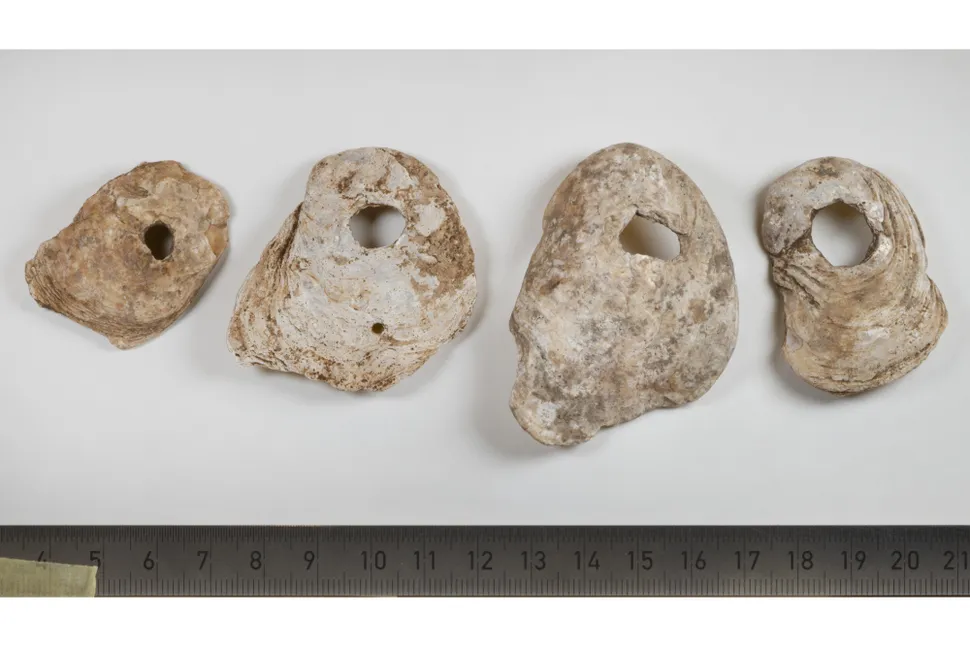
“The skull fragments indicate that the cave was used as a burial place at certain times, though we need to wait for radiocarbon dating to better understand their chronology and possible connection with the stone structure,” Bernardini said.
The excavations have also uncovered a hearth or fireplace that appears to predate the stone structure at the cave’s entrance.
This suggests that, “before the construction of the stone structure, groups of people used the cave entrance,” Bernardini said. “Based on three findings, these groups seem to be associated with the Cetina culture of the Dalmatian region in present-day Croatia,” an early Bronze Age people, he said in an interview with Live Science.

